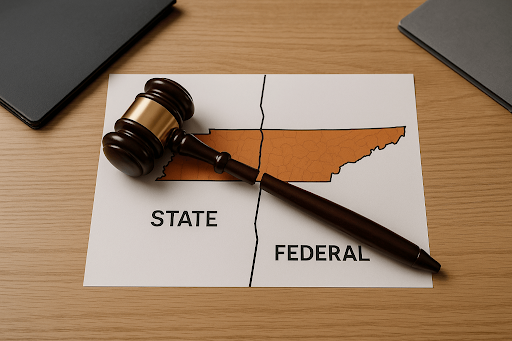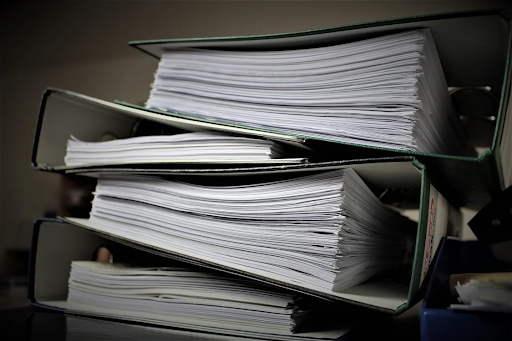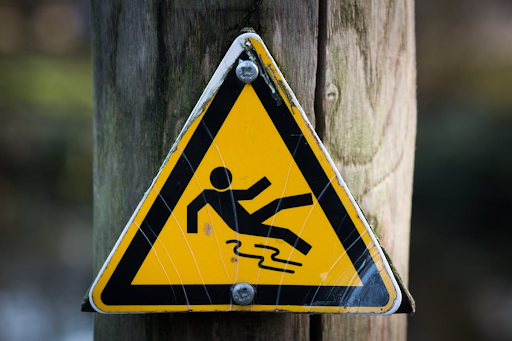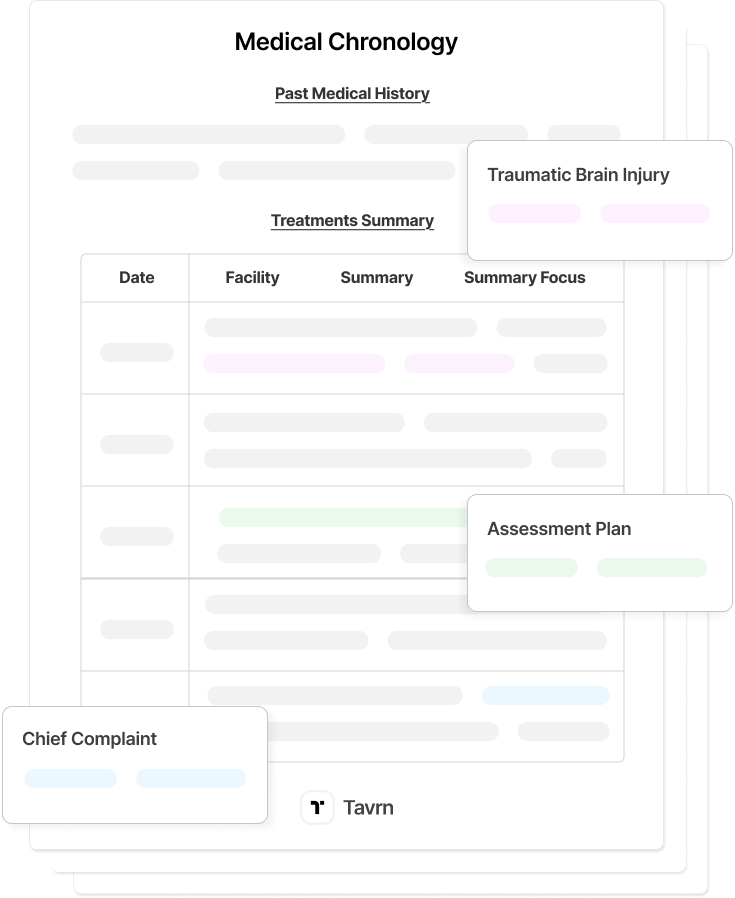Johnson & Johnson litigation (MDL No. 2738) consolidates over 67,000 talcum powder product liability claims against Johnson & Johnson, representing significant federal court precedent in mass tort case management, corporate liability strategies, and expert testimony standards.
Established in the District of New Jersey in 2016, the MDL has navigated failed bankruptcy strategies, evolving expert testimony standards, and complex appellate proceedings. The litigation establishes precedent limiting corporate restructuring as a liability management strategy.
This analysis examines factual foundations, procedural developments, and strategic considerations to provide actionable guidance for personal injury and medical malpractice practitioners managing similar mass tort exposures.
Product History Foundation & Corporate Knowledge
Johnson & Johnson's talc litigation exposure stems from a documented 70-year timeline of corporate awareness regarding asbestos contamination risks:
- NIH peer-reviewed analysis documents that J&J maintained awareness of asbestos contamination risks from the 1950s through the 1970s.
- Investigative reporting by Reuters revealed that J&J's talc products periodically tested positive for asbestos contamination from 1971 through the early 2000s.
Despite this knowledge, the company continued talc production and marketing of its Baby Powder, Shower-to-Shower, and related hygiene products through 2020 in North America and 2023 globally. During the 1970s, internal communications show J&J explored cornstarch alternatives but maintained its existing product line.
This pattern of awareness, coupled with continued distribution, extended to the company's regulatory interactions, which demonstrate systematic non-disclosure. When early 1970s FDA investigations sought assurances, J&J provided responses while omitting unfavorable test results from independent laboratories. The company further participated in developing the voluntary testing method J4-1 in 1976, which proved less sensitive to chrysotile asbestos detection than alternative methodologies.
The company's recent product decisions reflect this evolving liability landscape: J&J ceased North American sales of talc-based baby powder in 2020 following FDA detection of asbestos in product samples, though no formal recall was issued. Global discontinuation occurred between 2022 and 2023.
J&J's 2024 SEC 10-K filing reported $11.6 billion in accrued talc-related litigation liabilities as of December 31, 2023.
MDL Consolidation and Procedural Framework
Established on October 4, 2016, MDL (Multidistrict Litigation) 2738 operates under the formal title "In re: Johnson & Johnson Talcum Powder Products Marketing, Sales Practices and Products Liability Litigation" and demonstrates complex case management requirements for large-scale product liability proceedings.
The litigation's procedural trajectory has been significantly disrupted by J&J’s strategic bankruptcy maneuvers, and remained stayed from October 2021 through April 2023, due to J&J’s “Texas Two-Step” attempts involving a subsidiary, LTL Management LLC (explained below).
Following federal bankruptcy court dismissals, the MDL resumed active case management in July 2023, requiring comprehensive reactivation of proceedings. Chief Judge Michael A. Shipp and Magistrate Judge Rukhsanah L. Singh oversee the consolidation of over 67,000 active claims as of 2025, with steady new filings continuing following the 2023 MDL reactivation.
Within this consolidated framework, the MDL's claim profile divides into two distinct categories with different liability theories and defense dynamics:
- Ovarian and gynecologic cancer claims allege that talc particles migrate through the reproductive tract to cause malignancies. Claims focus on genital application exposure patterns, and causation theories are dependent on contamination evidence rather than pure talc migration.
- Mesothelioma and asbestos-related claims focus on inhalation exposure and contamination theories, and require different expert testimony regarding fiber types, exposure duration, and latency periods.
To test these divergent theories systematically, Phase 3 bellwether programming includes six cases selected to represent distinct exposure profiles and injury types, with trials expected to begin in 2026 pending completion of expert Daubert hearings. Meanwhile, court-ordered mediation continues alongside trial preparation activities.
The settlement architecture has reflected this dual-track approach, with J&J agreeing to $700 million in settlements, with state attorneys general separate from individual claim negotiations.
Understanding the Appellate Landscape
Federal courts have demonstrated aggressive oversight of damage awards. Appellate courts frequently apply substantial reductions to punitive damages under constitutional standards.
In Ingham v. Johnson & Johnson, punitive damages were reduced by approximately 55%, from an initial $4.69 billion verdict to $2.12 billion. Practitioners should prepare for significant appellate scrutiny of large verdict amounts.
Appellate context becomes particularly important when evaluating the MDL's bellwether trial program, which reflects important precedent for case selection methodology designed to test different liability theories and damage ranges.
Phase 3 programming includes six selected cases representing diverse exposure patterns, injury types, and demographic profiles. The bellwether ovarian cancer cases selected for trial will establish critical precedent regarding expert admissibility under the amended Rule 702 standards and provide benchmark damage calculations for future negotiations.
Parallel to these trial developments, settlement negotiations have progressed through structured mediation frameworks.
- The $700 million settlement with 42 state attorneys general, finalized in early 2024, shows J&J’s willingness to resolve consumer-protection and labeling claims outside the traditional trial-verdict-appeal cycle.
- The proposed $8 billion Red River Talc settlement plan was rejected in March 2025, and the related Chapter 11 case was dismissed. Johnson & Johnson stated it would not appeal the ruling and will instead continue defending the talc claims in the MDL and other civil courts.
Texas Two-Step Strategy and Judicial Rejection Explained
J&J's attempted use of subsidiary bankruptcy proceedings provides critical precedent for corporate liability management limitations. The company executed two prior ‘Texas Two-Step’ filings through LTL Management LLC (2021 and 2023), but federal courts established definitive precedent rejecting these artificial financial distress claims.
The Third Circuit of the United States Court of Appeals dismissed LTL Management's filing in 2023, holding that J&J's financial strength defeated the subsidiary's claimed distress. Federal bankruptcy judges rejected subsequent attempts, citing flawed creditor voting procedures and improper third-party release mechanisms.
Despite these setbacks, J&J initiated a third attempt. The Red River Talc filing, launched in September 2024, proposed an $8 billion settlement framework. It was rejected by the U.S. Bankruptcy Court for the Southern District of Texas in March 2025.
Federal courts continue to maintain scrutiny over voting collection procedures and settlement approval processes, reflecting sustained judicial skepticism of these restructuring mechanisms.
These rulings collectively limit artificial corporate restructuring strategies across mass tort contexts, establishing that genuine financial distress—rather than mere liability management motivations—must drive bankruptcy filings.
Expert Testimony Standards and Daubert Challenges
Federal courts have established important precedent distinguishing contamination-based causation theories from pure talc claims, drawing clear lines on expert testimony:
Permitted Theories:
- J&J's talc products contained asbestos contamination.
- Genital use of asbestos-contaminated talc could cause ovarian cancer.
Excluded Theories:
- Inhaled talc travels to the ovaries to cause cancer (insufficient scientific support)
This distinction has been operationalized through the amended Rule 702 standards, which strengthen judicial gatekeeping through enhanced methodology requirements.
Recognizing the significance of these changes, Judge Shipp allowed complete refiling of Daubert motions under the amended rule, establishing preponderance-of-evidence requirements for expert testimony admissibility. The enhanced standards emphasize methodology reliability over expert conclusions, requiring more rigorous scientific foundations for causation opinions.
Within this heightened scrutiny framework, courts apply strict reliability standards to epidemiological and toxicological testimony. Expert witnesses face ongoing challenges establishing causation links, with courts scrutinizing both methodology and testing procedures for asbestos detection.
Evolving standards require practitioners to invest in methodological rigor from case inception. The contamination-focused approach demands comprehensive laboratory analysis and forensic evidence that can withstand enhanced gatekeeping scrutiny.
Mass Tort Practice Implications and Insurance Coverage Considerations
The J&J talcum powder litigation offers tactical guidance for managing large-scale product liability cases, with lessons extending beyond the specific facts of this MDL.
- At the foundational level, case management demands technological systems capable of handling tens of thousands of claims with coordinated discovery, scheduling, and settlement administration.
- Beyond infrastructure, settlement architecture must reflect the substantive distinctions within the claim population. The J&J litigation's distinction between ovarian cancer and mesothelioma claims reflects different damage ranges, causation requirements, and appellate risks—differences that demand segmented negotiation approaches.
Adding another layer of complexity, insurance coverage disputes have emerged as critical factors in trial strategy and settlement negotiations. Appellate courts have addressed coverage issues affecting:
- Progressive injury theories and trigger dates.
- Policy interpretation (occurrence versus claims-made policies).
- Exhaustion requirements and duty to defend obligations.
- Individual case valuations and global settlement feasibility.
- Defendant settlement incentives and damage calculation complexity.
These coverage determinations require coordination between medical experts and coverage counsel from case inception to ensure consistent theories across liability and coverage proceedings.
Key Takeaways & Practitioner Checklist
Drawing from the procedural developments, evidentiary precedent, and strategic lessons detailed above, practitioners should prioritize the following critical action items when managing similar mass tort exposures:
- Case Management Infrastructure: Implement technological systems for data aggregation, analytics, and settlement administration early. Case Management Order No. 9 demonstrates coordination requirements for hundreds of firms.
- Expert Strategy: Focus expert testimony on asbestos-contamination theories rather than pure talc migration. Develop jurisdiction-specific approaches for varying Daubert standards.
- Discovery Scope: Document requests must span decades of corporate communications to establish knowledge and concealment patterns.
- Settlement Architecture: Employ segmented frameworks distinguishing claim categories (ovarian cancer vs. mesothelioma), age at diagnosis, exposure duration, and severity.
- Appellate Planning: Prepare for aggressive damage award scrutiny through conservative calculations and preservation strategies from trial inception.
Outlook & Future Risk Factors
The precedent established through this litigation will continue evolving across multiple dimensions with significance beyond these specific claims.
- Bellwether Trials & Precedent Development: Phase 3 bellwether programming with six selected cases will generate critical precedent on expert admissibility, damage calculations, and appellate review standards.
- MDL reactivation following bankruptcy dismissals establishes a framework for continued trials and potential global settlement negotiations.
- Financial Exposure & Settlement Trajectory: The $11.6 billion corporate liability reserve suggests substantial ongoing exposure requiring long-term resolution strategies, and the $700 million settlement with state attorneys general demonstrates segmented resolution approaches that may influence individual claim negotiations.
- Corporate Liability Strategy Precedent: J&J's Texas Two-Step failures will influence corporate liability management strategies across mass tort contexts. Courts now require genuine financial distress for successful bankruptcy channeling, limiting artificial restructuring attempts.
- Expert Testimony Evolution: The amended Federal Rule of Evidence 702 will continue shaping expert testimony admissibility across mass tort litigation. Future cases will benefit from the contamination-versus-pure-product distinction, requiring practitioners to adapt expert strategies accordingly.
In Summary
The Johnson & Johnson talcum powder litigation provides essential guidance for mass tort practitioners.
Federal courts' rejection of three bankruptcy attempts establishes that genuine financial distress—not liability management—must drive restructuring strategies. Enhanced Rule 702 standards require methodological rigor over expert conclusions, with courts permitting contamination-based causation while excluding pure talc migration theories.
Practitioners managing similar exposures should prioritize early case management infrastructure, jurisdiction-specific expert strategies, comprehensive discovery spanning decades of corporate knowledge, and segmented settlement architectures that reflect distinct claim categories and appellate risks.





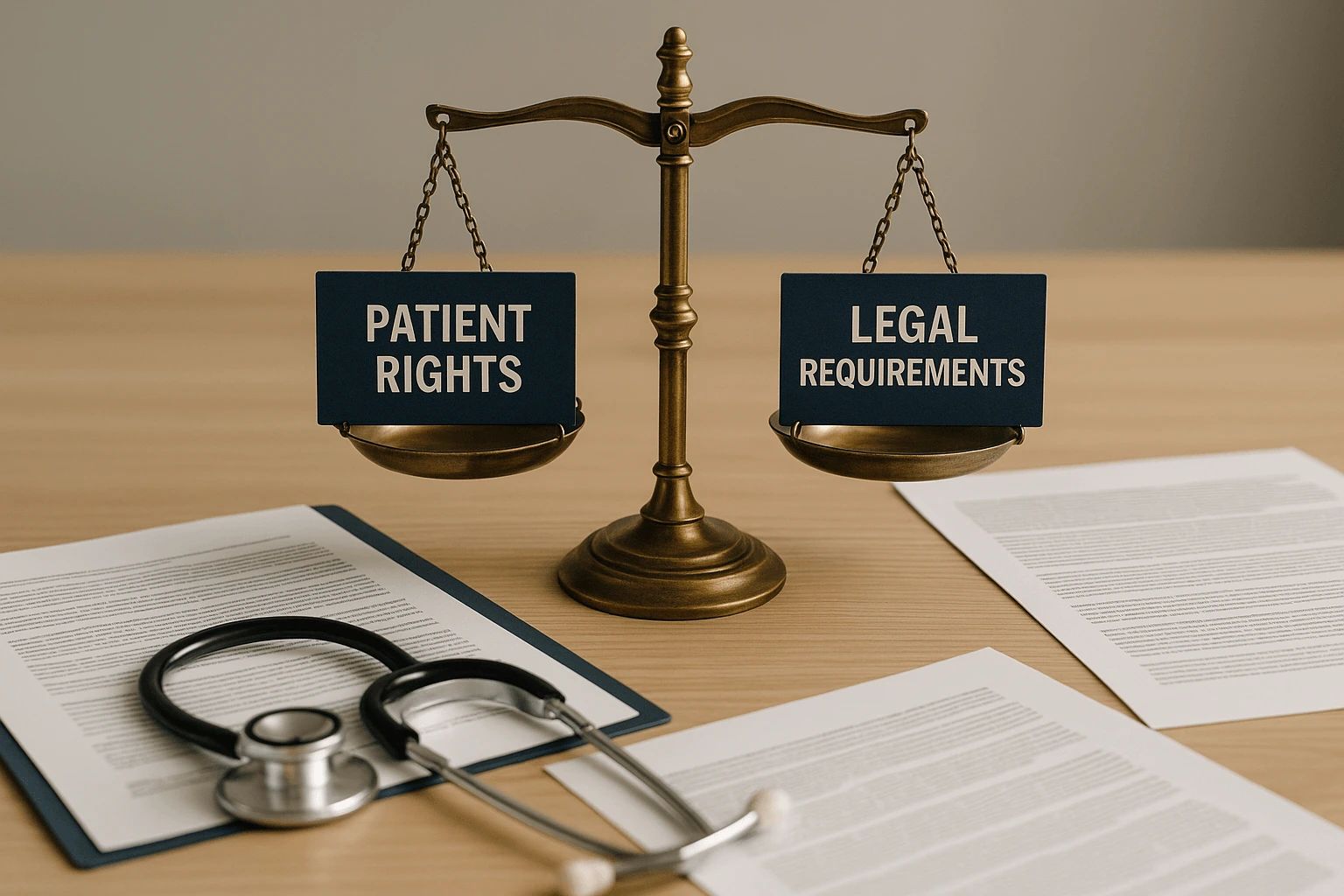
.webp)
.webp)











